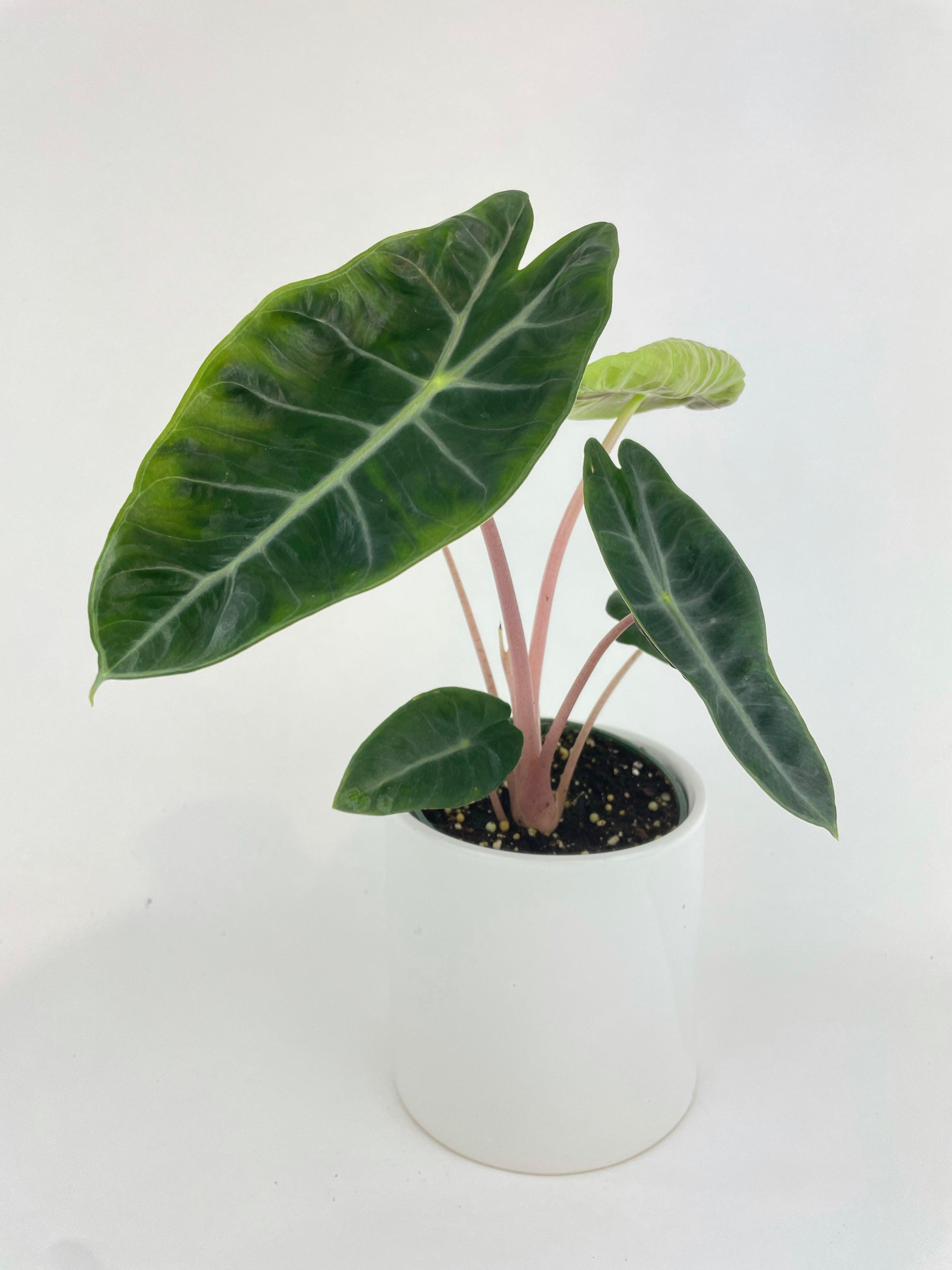How to Prepare Soil for Planting Flowers and Nutrient Management
Gardening is a delightful and rewarding journey. Well-prepared soil and effective nutrient management are at the heart of every successful garden. Whether you're an intermediate gardener looking to enhance your gardening skills or a beginner eager to learn, understanding the fundamentals of soil preparation and nutrient management is essential for creating a thriving garden that fills you with pride. In this guide, we'll explore the importance of these practices and provide both do-it-yourself (DIY) tips and professional solutions to help you achieve optimal soil conditions and robust plant growth. Let's dig deep into the world of gardening!
Importance of Preparing Soil for Planting
A flourishing garden starts with healthy soil and balanced nutrients. Proper soil preparation sets the foundation for robust plant growth, while effective nutrient management ensures that your plants receive the essential elements they need to thrive. Paying attention to these crucial aspects will reward you with vibrant blooms, bountiful harvests, and a garden that fills you with pride.
Understanding Soil Types
Before diving into soil preparation, it's crucial to understand the different soil types and their characteristics. Soil can range from sandy to loamy to clayey, and each type has unique properties. By identifying the specific soil type in your garden, you'll gain insights into its drainage, water-holding capacity, and nutrient retention capabilities. This knowledge will guide you in making informed soil amendments and nutrient management decisions.
DIY Tips for Soil Preparation
Clearing the Area
Start by removing weeds, rocks, or debris from the planting area. This will create a clean canvas for your garden and prevent unwanted competition for nutrients and water.
Testing Soil pH and Nutrients
Conduct a soil test to determine the pH level and identify any nutrient deficiencies. This information will help you make targeted amendments and ensure your plants receive the optimal pH and nutrient levels for healthy growth.
Adding Organic Matter
Enrich your soil with organic matter such as compost, well-rotted manure, or leaf mold. This improves soil structure, enhances drainage, and provides a steady supply of nutrients to your plants.
Improving Drainage
If you have heavy clay soil or poor drainage, consider adding sand or perlite to improve aeration and prevent waterlogging. This will create a more favorable environment for plant roots to grow and thrive.
Proper Tilling Techniques
Use a garden fork or tiller to loosen the soil and incorporate organic matter evenly. Be careful not to over-till, as it can disrupt the soil structure and damage beneficial microorganisms that contribute to soil health.
Professional Solutions for Soil Preparation
Use of Compost and Fertilizers
Compost is a valuable source of organic matter and nutrients. To improve soil fertility and structure, incorporate well-aged compost into the soil before planting. Additionally, consider using balanced fertilizers to provide essential nutrients that may be lacking in your soil.
Soil Amendments and Conditioners
Depending on your soil's specific characteristics, you may need to amend it with specific products. For example, gypsum can help break up compacted clay soil, while lime can raise the pH of acidic soil. Understanding your soil test results will guide you in choosing the appropriate amendments for optimal soil conditions.
Mulching Techniques
Applying mulch around your plants offers numerous benefits, including conserving moisture, suppressing weed growth, and regulating soil temperature. Organic mulches like bark chips or straw also contribute to the slow release of nutrients into the soil, promoting long-term plant health.
Nutrient Management for Specific Flowers
Different flowers have varying nutrient requirements. Here are some tips for nutrient management for specific flowers:
Blueberries
Blueberries thrive in acidic soil. Incorporate acidic amendments like pine needles or sulfur to maintain a lower pH level and create an ideal environment for their growth.
Tomatoes
Tomatoes benefit from a balanced fertilizer, rich in nitrogen, phosphorus, and potassium. Regularly monitor soil moisture to prevent blossom end rot, a common tomato disorder.
Wildflower Seeds
Before sowing wildflower seeds, prepare the soil by removing weeds and raking it to create a loose seedbed. Avoid using excessive fertilizers to prevent the aggressive growth of certain plant species and maintain the natural beauty of the wildflowers.
Dahlias
Provide dahlias with a well-balanced fertilizer to promote healthy foliage and abundant blooms. Ensure the soil is well-drained to prevent tuber rot and maintain the longevity of these stunning flowers.
Banana Plants
Banana plants require ample potassium for solid growth. Incorporate potassium-rich fertilizers into the soil and ensure regular watering to maintain adequate moisture levels for optimal plant health.
Conclusion
Successful gardening begins with proper soil preparation and nutrient management. By understanding your soil, adopting DIY tips, and utilizing professional solutions, you can create an optimal environment for your plants to flourish. Remember to tailor your nutrient management techniques to the specific needs of different flowers, ensuring they receive the right balance of nutrients for their growth and development. With these practices in place, your garden will thrive, showcasing an array of vibrant colors and abundant harvests. Happy gardening!
Note: Soil preparation and nutrient management are dynamic processes. It's essential to monitor your plants' growth, perform regular soil tests, and make adjustments to ensure optimal conditions for their well-being. Your dedication and care will be rewarded with a beautiful and thriving garden that brings you joy throughout the seasons.










































